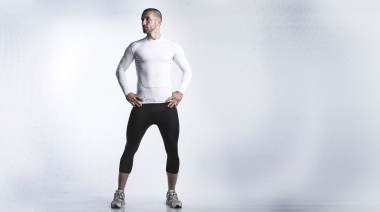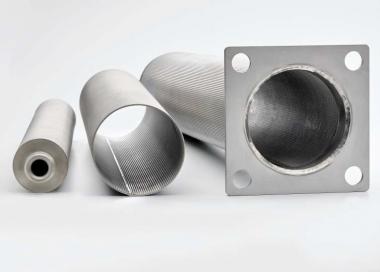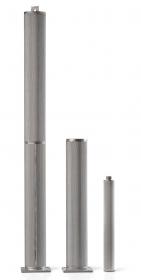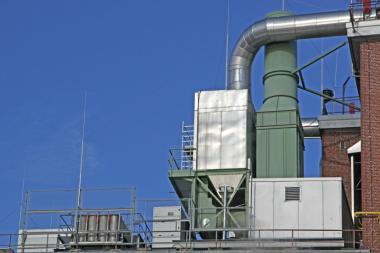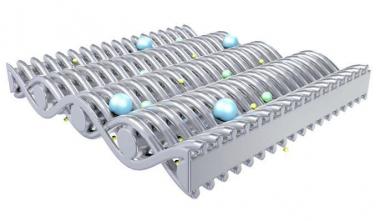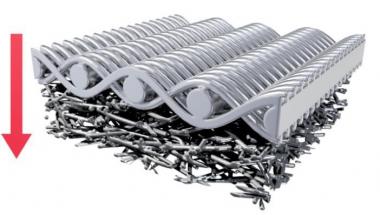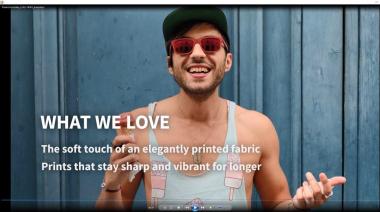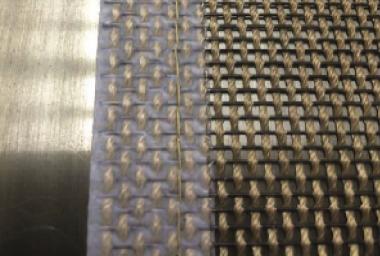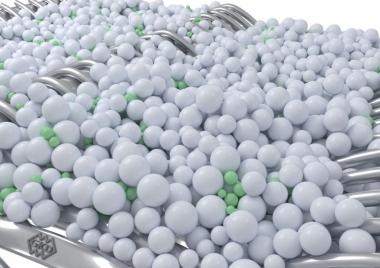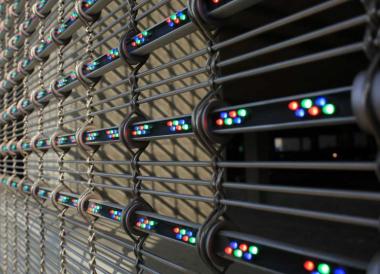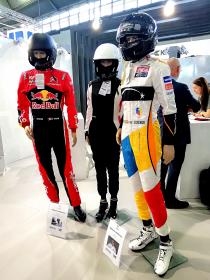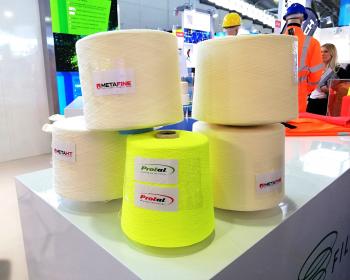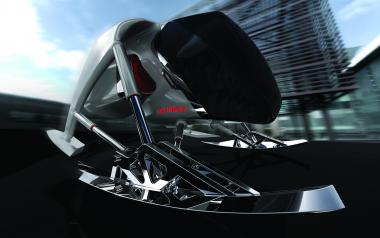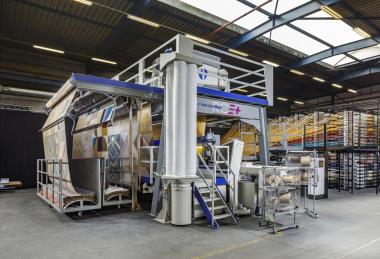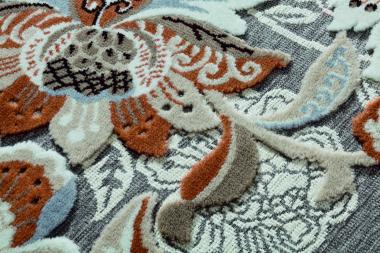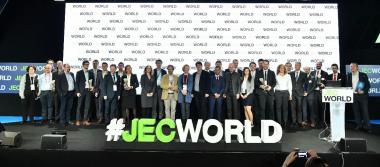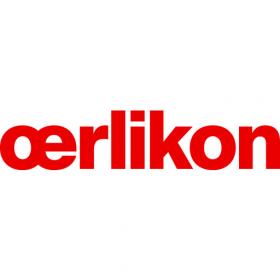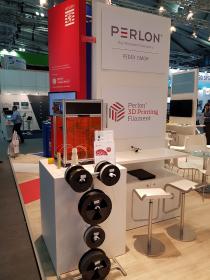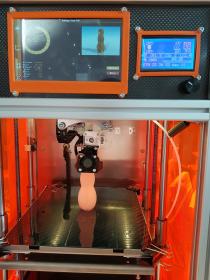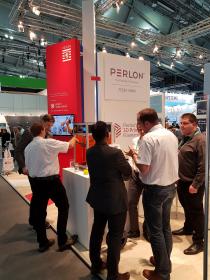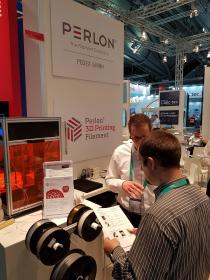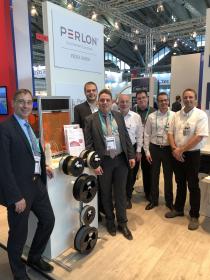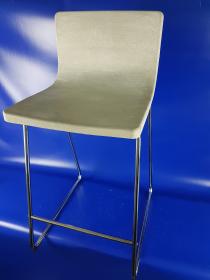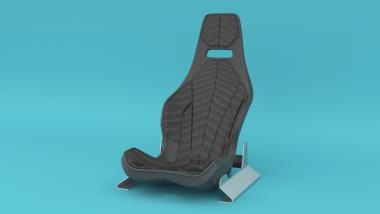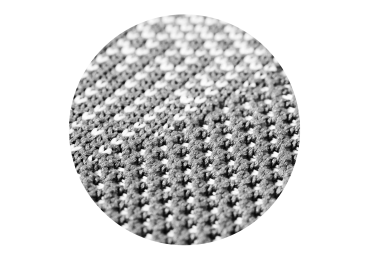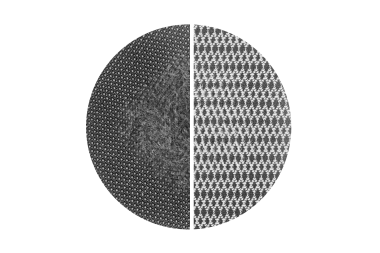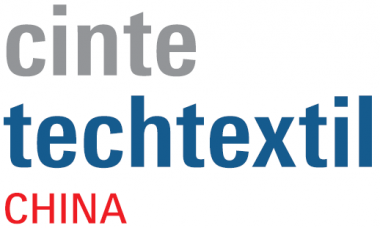Hexcel to Exhibit at CAMX 2019
STAMFORD, Conn. – At this year’s CAMX conference, taking place on September 24-26 in Anaheim, CA (Booth L42), Hexcel will promote its broad portfolio of composite innovations for aerospace and industrial applications.
On display at the Hexcel booth, visitors will see an integrated wing panel demonstrator made with HiMax™ non-crimp reinforcements that were specially developed to complement a new generation of infusion resin systems. Visitors will also see a wing box demonstrator made from HiTape® dry carbon reinforcements. Both parts were injected with Hexcel’s RTM6 infusion resin and incorporate a toughening veil to enhance mechanical properties to meet the structural requirements for aerospace parts.
With 50 years of experience and the most qualified carbon fiber positions on aerospace programs in the industry with its comprehensive range of high-strength, high-strain PAN-based carbon fibers, Hexcel continues to innovate and is introducing a new fiber to its portfolio. HexTow® HM54 combines high modulus and high tensile strength, which allows structural designers to achieve higher safety margins for both stiffness and strength-critical applications. HexTow® carbon fibers are excellent not only for aerospace applications but also industrial and recreational applications. HexTow® carbon fibers are excellent not only for aerospace applications but also industrial and recreational applications, examples of golfing applications will be on display.
Additive manufacturing is on the forefront of innovation for composite technologies, and Hexcel is leading the way with its HexAM® additive manufacturing process. HexAM® additive manufacturing combines high performance PEKK thermoplastics with carbon fiber to produce flight-ready 3D printed HexPEKK® parts. HexPEKK® structures offer significant weight, cost and time-to-market reductions, replacing traditional cast or machined metallic parts in highly demanding aerospace, satellite and defense applications.
HexPly® M77 snap-cure prepregs are yet another example of Hexcel technology leading the way. HexPly® M77HF, the latest member of this quick-curing prepreg family, is revolutionizing the world of composites for high-performance sporting goods with its faster production times and excellent surface quality. It will be featured in the Hexcel booth in two products – a carbon fiber Goode water ski which is setting records in the competitive world with its precision and durability, and in a HED cycling wheel noted for its aerodynamics and light weight.
Among Hexcel’s latest technologies are the RF Interference Control materials made by ARC Technologies, a Hexcel company. A selection of these industry-leading custom RF / EMI and microwave absorbing composite materials for military, aerospace and industrial applications will be on display at the Hexcel booth.
HexForce® bias weave woven reinforcements are a patented solution to optimize material usage. These bias weave reinforcements are continuous rolls of carbon fiber fabric in which the warp and weft yarns are oriented on the bias at +/- 45° which can reduce prepreg waste up to 60%. Visitors at CAMX will be able to see this new woven reinforcement and learn more.
AGENCE APOCOPE










